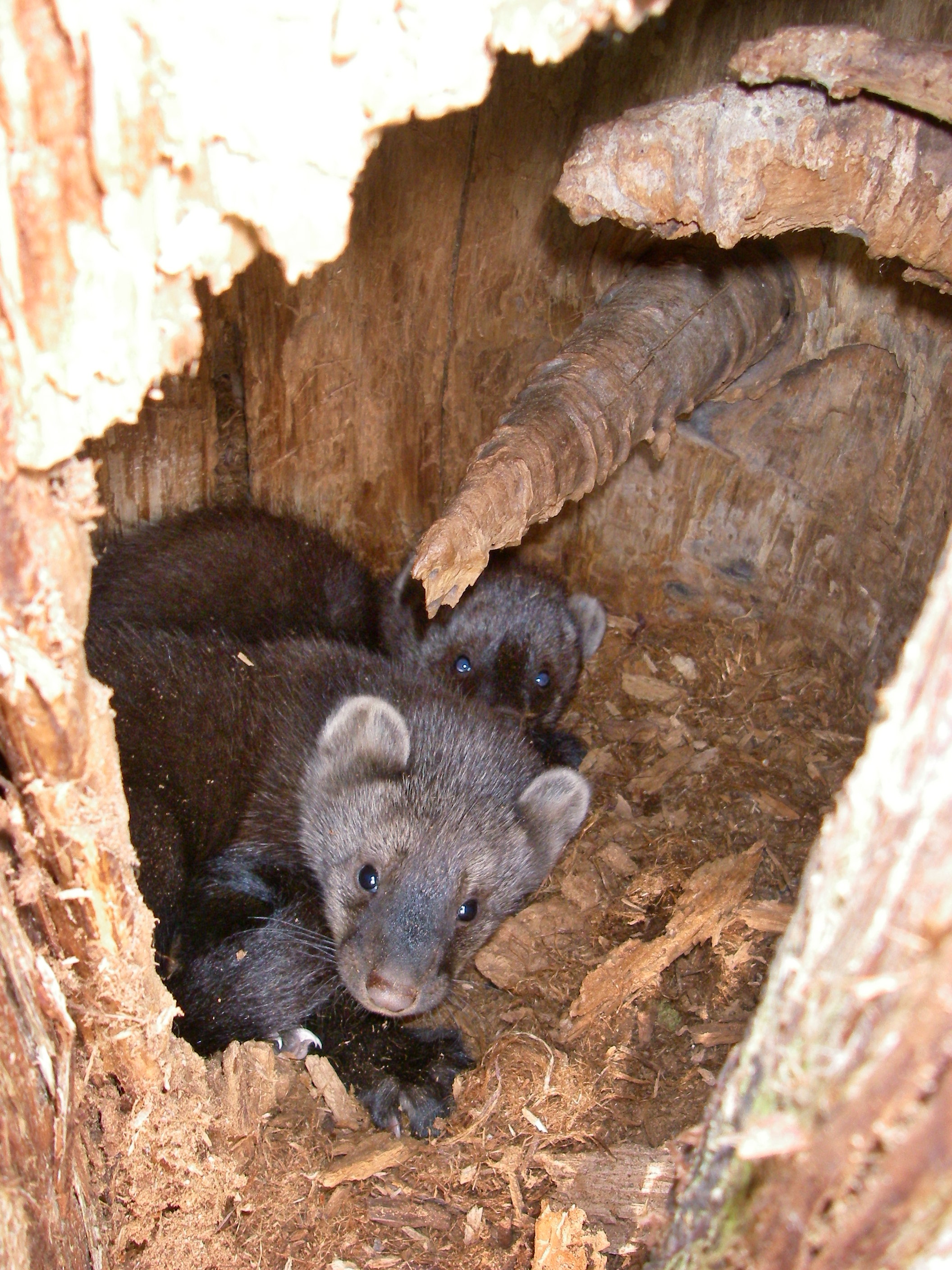By Rachel LaCorte
The Associated Press
OLYMPIA — A predator that disappeared from Washington state two decades ago is in the midst of a comeback, and wildlife officials are looking to give the cat-sized carnivore known as the fisher some new help.
Wildlife officials reintroduced 90 fishers into Olympic National Park beginning in 2008.
They now are preparing a plan to reintroduce more of the weasel-like animals that hunt porcupines, beavers and hare to Mount Rainier and North Cascades national parks as early as 2015.
“Being able to restore this species is an exciting opportunity,” said Elly Boerke, an environmental protection specialist for the National Park Service.
The initial plan is to introduce 40 fishers a year, with each park receiving a total of 80 animals.
First, though, the national parks, working with the state Department of Fish and Wildlife, is seeking public comment through the end of September.
Then, Boerke said, they’ll assess any environmental impacts or other concerns, with a final decision on whether to move forward with the restoration likely to be made sometime next spring.
Fishers, which feed on small mammals, including snowshoe hares, mountain beavers and porcupines, are found only in North America, in low-to-mid elevation canopy forests.
Fishers were once highly sought for their fur, and in 1934, Washington state prohibited trapping of the animals after their numbers decreased.
By the mid-1900s, the fishers range had shrunk by 43 percent due to trapping, logging and development, according to wildlife officials.
By the mid-90s, they were gone from the region.
The state listed the species as endangered in 1998, and in 2004, the fisher was listed as a candidate for protection under the Endangered Species Act.
Fishers are the only native carnivore missing from the Cascade Range in Washington state, officials said.
“When you take one of the predators out of the system, you’re affecting all the species it preys upon,” said Mason Reid, a wildlife ecologist at Mount Rainier National Park.
Reid noted that fishers had once been used to control the porcupine population because of the damage porcupines cause to trees.
“Each component is part of a puzzle,” he said. “Each component has a role to play in the ecosystem.”
ONP reintroduction
As with the Olympic National Park reintroduction, the fishers for the new plan would be relocated from British Columbia.
Three batches of fishers were introduced into ONP over a three-year period, and monitored by radio collars.
“One of the first things that we learned was boy, they could really move across the landscape,” said Patti Happe, the project leader for the ONP introduction.
Happe said that one fisher that was released in the Quinault area trekked as far south as Centralia, about 100 miles away.
While fishers have been reintroduced in places in the West, including Oregon, there are only two native populations in the West, both in California, according to the Forest Service.
Happe said that Fishers are also found in the upper Midwest and in several East Coast states.

